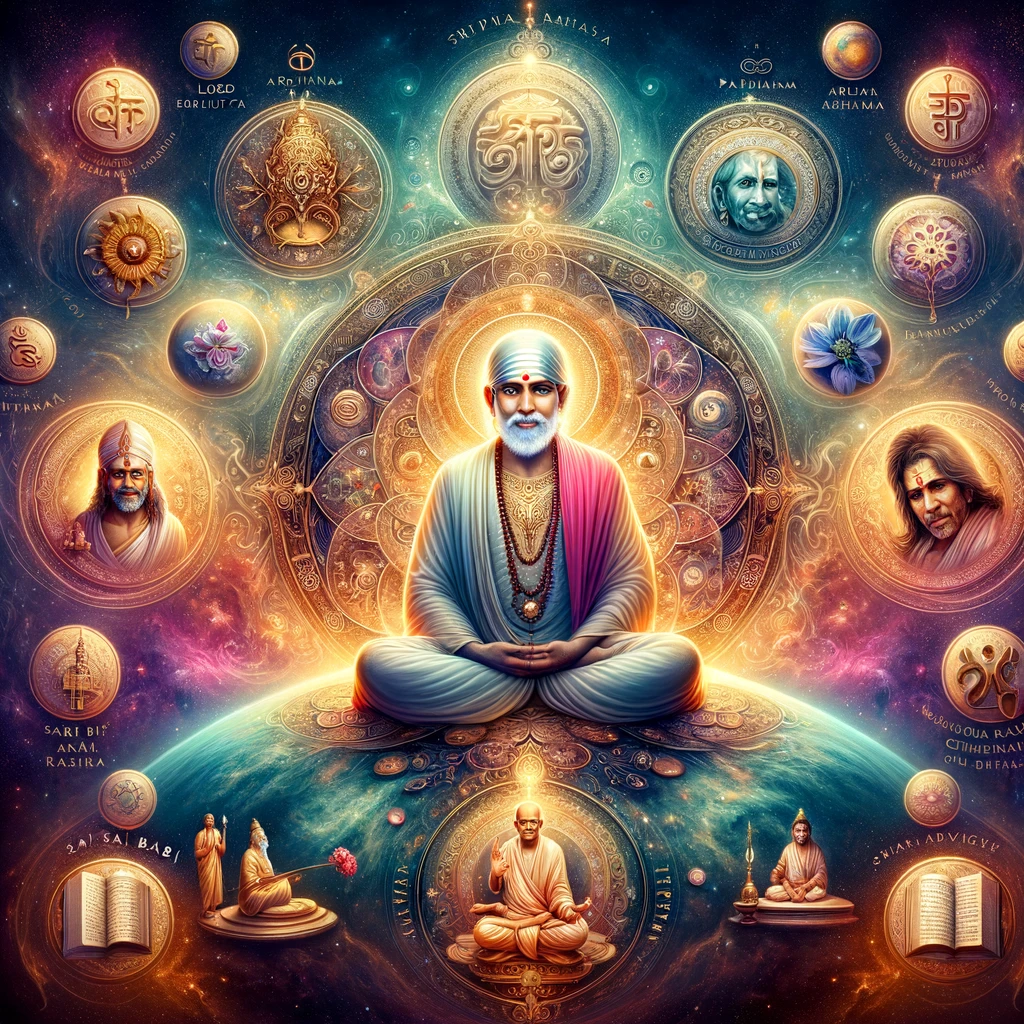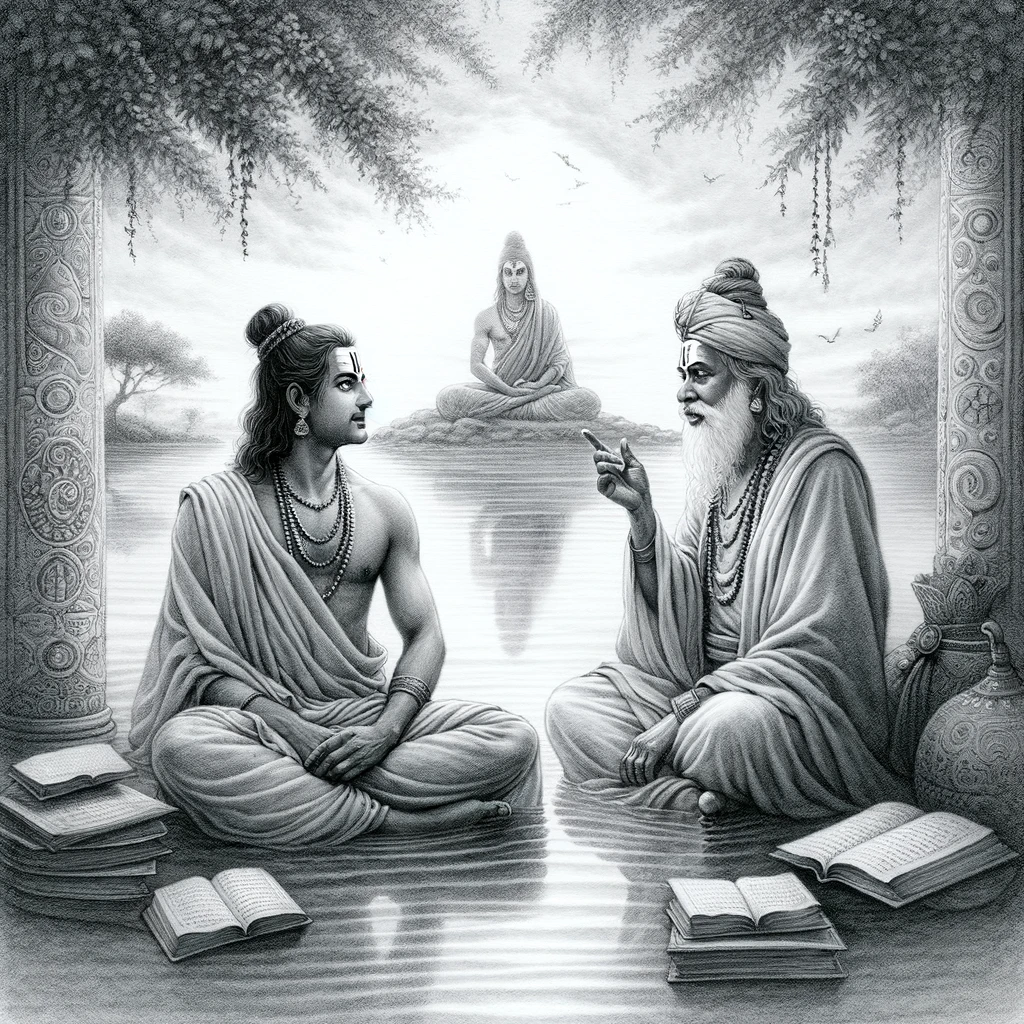
Datta Jayanti: Celebrating the Birth and Teachings of Lord Dattatreya
Datta Jayanti is a Hindu celebration that commemorates the birth of Lord Dattatreya, a deity considered the combined incarnation of the divine trinity: Brahma, Vishnu, and Shiva. This festival is observed on the full moon day of the Margashirsha (Agrahayana) month according to the Hindu calendar, which typically falls in December. Devotees celebrate this day by fasting, performing prayers, and engaging in meditation and spiritual discourses, seeking Lord Dattatreya’s blessings for knowledge and self-realization. The teachings of Lord Dattatreya, which are a blend of wisdom, simplicity, and love, are particularly reflected upon during this festival. It is believed that sincere worship on this day can help devotees attain spiritual enlightenment and guide them on the path of Dharma (righteousness).
Lord Dattatreya is a highly respected figure in Hindu mythology, considered the combined incarnation of the divine trinity – Brahma, Vishnu, and Shiva. Often depicted with three heads, he symbolizes these three deities and is regarded as the embodiment of total divinity. Born to the sage Atri and his wife Anasuya, his birth is a testament to Anasuya’s unwavering devotion and virtue, which pleased the divine trinity so much that they decided to be born as her son. Lord Dattatreya is often shown with four dogs, symbolizing the four Vedas, and a cow, representing Mother Earth. His teachings, a blend of wisdom, simplicity, and love, guide those seeking spiritual enlightenment. He is often invoked by seekers on the path of knowledge and self-realization.
The Tale of Kartavirya Arjuna and Lord Dattatreya
One of the notable stories connected to Lord Dattatreya involves Kartavirya Arjuna, a king who sought supernatural powers. Under the advice of Sage Garga, Kartavirya Arjuna and his wife performed penance by the Narmada River to please Lord Dattatreya. Touched by their devotion, Lord Dattatreya granted Kartavirya Arjuna the boon of a thousand arms. However, the king’s ambition led to his downfall. When he demanded the divine cow Kamadhenu from the sage Jamadagni for the betterment of his subjects, it sparked a conflict that resulted in the beheading of Jamadagni. In revenge, Jamadagni’s son, Parashurama, killed Kartavirya Arjuna and his entire clan. Interestingly, it is said that Kartavirya Arjuna himself wished for his death at the hands of someone as important as Lord Dattatreya, a wish that was ultimately granted.
The story of Kartavirya Arjuna and Lord Dattatreya serves as a lesson in the pursuit of power and the consequences of actions driven by ambition and greed. It also showcases the divine power and wisdom of Lord Dattatreya, who could bestow great boons and yet maintained a balanced perspective on the ultimate transient nature of worldly desires.
Lord Dattatreya and Parashurama: A Spiritual Connection

Parashurama, another significant figure in Hindu mythology, is closely associated with Lord Dattatreya. He is the sixth avatar of Lord Vishnu and is known for his intense devotion and warrior skills. Parashurama is often depicted with an axe, which was gifted to him by Lord Shiva. The story of Parashurama’s revenge on Kartavirya Arjuna and his clan for the murder of his father, Jamadagni, is a tale of righteousness and justice. Parashurama’s life serves as a reminder of the power of devotion and the consequences of one’s actions.
Interestingly, Parashurama is also known to be a disciple of Lord Dattatreya. He sought Lord Dattatreya’s guidance to overcome the guilt and torment he experienced after the revenge killings of Kartavirya Arjuna and his clan. Lord Dattatreya, with his profound wisdom, guided Parashurama towards spiritual enlightenment, helping him understand the transient nature of life and the ultimate truth of the universe.
The teachings of Lord Dattatreya to Parashurama are compiled in a scripture known as the “Tripura Rahasya”. This ancient text is considered one of the most important works related to the philosophy of Advaita Vedanta. It is a dialogue between Lord Dattatreya and Parashurama, where the former imparts knowledge about the supreme truth of existence and the illusionary nature of the world. “Tripura Rahasya” stresses the concept of “Jnana”, or knowledge, as the ultimate path to liberation and self-realization.
In essence, the stories of Parashurama, Lord Dattatreya, and the teachings in the Tripura Rahasya highlight the journey towards spiritual enlightenment. They serve as a guide for those seeking knowledge and self-realization, emphasizing the power of devotion, the importance of righteous action, and the understanding of the ultimate reality.
Learning from the World: Lord Dattatreya’s 24 Gurus
An intriguing aspect of Lord Dattatreya’s spiritual journey is his learning from the 24 gurus. This is an enlightening story that emphasizes the omnipresence of gurus for those who are willing to learn and gain wisdom. It shows that the world around us is full of teachers, if only we are open to observe and learn.
Lord Dattatreya, despite having no formal teachers, attained self-awareness and enlightenment by observing nature during his travels as a Sannyasi, a religious hermit. He considered the world as his teacher and drew lessons from various elements of nature and life. These became known as his 24 gurus.
From the Earth, he learned the virtue of forbearance and the ability to remain undisturbed even when oppressed. The Wind taught him to be free, unattached, yet resolute and true to one’s own force. The Sky demonstrated that the highest within oneself, the Atman, has no limits and remains undifferentiated and non-dual, no matter what. He learned from Water the quality of serving all without pride or discrimination and to remain pure and cleansing despite receiving impurities from others. Fire showed him how the heat of knowledge reforms everything it touches and to shape oneself, one needs the energy of learning.
The Moon taught him that the cycle of birth, death, and rebirth does not change the oneness of the soul. The Sun illustrated that the soul may appear different in different bodies, yet everyone is connected, and the soul is the same in all. From observing Pigeons, he learned not to obsess over transient things such as personal loss and to focus on the rare privilege of human life to learn and discover one’s soul.
The Python demonstrated the importance of being content with what one has and making the most from life’s gifts. The Bumblebee showed him to be active, seek wisdom from all sources, and live harmoniously without harming others. The Beekeeper taught him not to crave for material pleasures or accumulate unnecessary wealth. The Hawk showed him the importance of taking only what one needs, not more. The Ocean demonstrated the ability to remain deep and undisturbed within, despite receiving numerous sensory inputs from the outside world.
These are just a few examples of the 24 gurus from whom Lord Dattatreya drew wisdom. Each guru taught him a valuable lesson, shaping his understanding and aiding his spiritual growth. This story serves as a reminder that learning can come from the most unexpected sources. It encourages us to be open, observant, and receptive to the lessons that life offers us, emphasizing that there are gurus everywhere for someone who wishes to learn.
The Connection Between Lord Dattatreya and Sai Baba of Shirdi
The spiritual lineage of Lord Dattatreya extends to the revered Indian saint, Sai Baba of Shirdi. Sai Baba is considered an incarnation of Lord Dattatreya, embodying the same divine wisdom and bestowing his blessings on those who seek spiritual enlightenment. The teachings of Sai Baba echo the philosophies of Lord Dattatreya, emphasizing the importance of faith, patience, and unconditional love. Just like Lord Dattatreya, Sai Baba also had a way of testing his followers before giving them his blessings.
The chapters from Sai Satcharitra detail the spiritual journey of Shama, one of Sai Baba’s most devoted disciples, highlighting the divine presence and guidance of Sai Baba in Shama’s life. These chapters narrate Shama’s pilgrimage to Kashi, Prayag, and Gaya, where he experiences the omnipresence of Sai Baba in the form of his portrait, reaffirming the saint’s promise to be ahead of him. The chapters also describe the unique bond between Sai Baba and his devotees, illustrating how Sai Baba, much like Lord Dattatreya, guides his followers towards spiritual enlightenment, fulfilling their desires and bestowing upon them supreme bliss. The stories highlight the importance of complete surrender to the Guru, emphasizing that the Guru is always present, guiding and supporting the devotees in their spiritual journey.
In conclusion, the spiritual journey and teachings of Lord Dattatreya, as well as the stories associated with him, serve as a profound guide for seekers of spiritual enlightenment. The deity’s connection to the divine trinity, his interactions with figures like Kartavirya Arjuna and Parashurama, and his teachings encapsulated in the Tripura Rahasya, all contribute to a comprehensive understanding of the path to self-realization. Lord Dattatreya’s unique approach to learning, drawing wisdom from 24 gurus in nature, exemplifies the limitless opportunities for learning and self-discovery in our daily lives.
The spiritual lineage connecting Lord Dattatreya to Sai Baba of Shirdi further deepens our understanding of these teachings. Sai Baba’s life and teachings, notably his emphasis on faith, patience, and unconditional love, echo the philosophies of Lord Dattatreya. The narratives from Sai Satcharitra underscore this connection, illustrating Sai Baba’s divine guidance in the lives of his devotees, much like Lord Dattatreya.
These narratives and teachings, rooted in the wisdom of Lord Dattatreya and Sai Baba of Shirdi, offer valuable insights for those embarking on their own spiritual journeys. They underscore the importance of faith, the pursuit of knowledge, acknowledgment of the omnipresent gurus, and the ultimate surrender to the Guru’s feet. These stories and teachings inspire us to seek the path of self-realization and spiritual enlightenment, reminding us that the journey is as significant as the destination.
